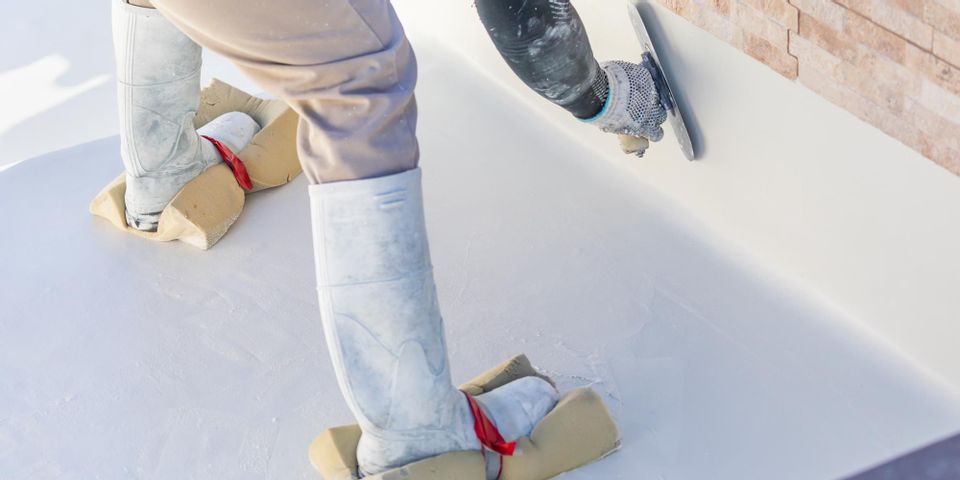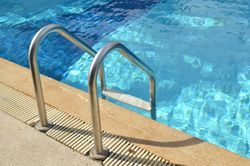
Proper upkeep is crucial to the life of your pool. As time goes by, the floor and walls of your pool will degrade into rough, bumpy edges. In this case, pool plastering is needed to repair and eliminate potential dangers. Find out more about the process below.
What Is Pool Plaster?
Pool plaster is a porous material, like concrete, and is used to keep water from being absorbed by the surface of the floors and walls. The coating must also withstand the deteriorating effects of chlorine in pool water, particularly if the chemical has a low pH level. The plaster is typically made of sand or marble, gives the pool its blue color, and can last from 7 to 20 years.
When Is It Time to Replaster?
Holes & Pockmarks
Bumps and mounds in your pool plaster are called calcium nodules, or piles of calcium carbonate, that seep out of the plaster and create hollow spots on the surface. Over time, these nodules increase in size and pop off, which can result in light abrasions when swimming and debris getting caught in the cracks.
Discoloration & Uneven Pigmentation
 Corrosive water, which includes minerals such as iron and copper, can stain pool plaster, causing it to turn brown or green. Leaves and algae may also make your plaster lose its luster, or cause the marble to lose its color, leaving your pool looking cloudy. Even if the pool water is clean, swimmers may think otherwise with the blotchy patches on the plaster.
Corrosive water, which includes minerals such as iron and copper, can stain pool plaster, causing it to turn brown or green. Leaves and algae may also make your plaster lose its luster, or cause the marble to lose its color, leaving your pool looking cloudy. Even if the pool water is clean, swimmers may think otherwise with the blotchy patches on the plaster.
Leaking
A white powdery material called efflorescence may be a key indicator in leaking. It appears where water is seeping through the plaster and into the concrete, darkening in color over time. In this case, your pool plaster is deteriorating and not durable enough to protect the concrete shell of the pool.
What Happens During the Process?
Like most pool repair jobs, water must first be drained out, and the debris needs to be removed. The area is then assessed to determine if full or partial pool plastering is needed. Loose or cracked plaster parts are detached, and rough edges are sanded down to make the surface uniform. The plaster is then applied and left to dry for approximately two days before the pool gets filled with water.
Making sure that your pool is well maintained is extremely important and isn't something to handle alone. Gutierrez Pool Plastering in Plainfield, NJ, has been providing its customers in the Short Hills area with excellent service for over 38 years. From pool plastering to chemical balancing, they handle it all, so you don't have to. To learn more about their services, check out their website. Call at 908-756-7585 to schedule your pool plastering appointment.
About the Business
Have a question? Ask the experts!
Send your question

